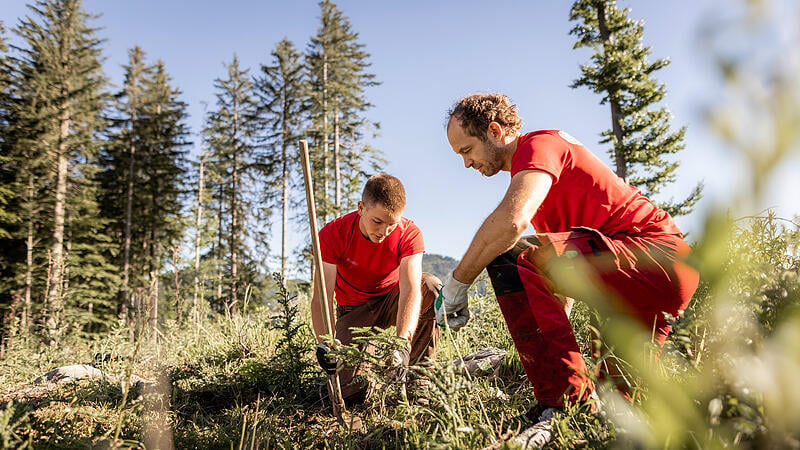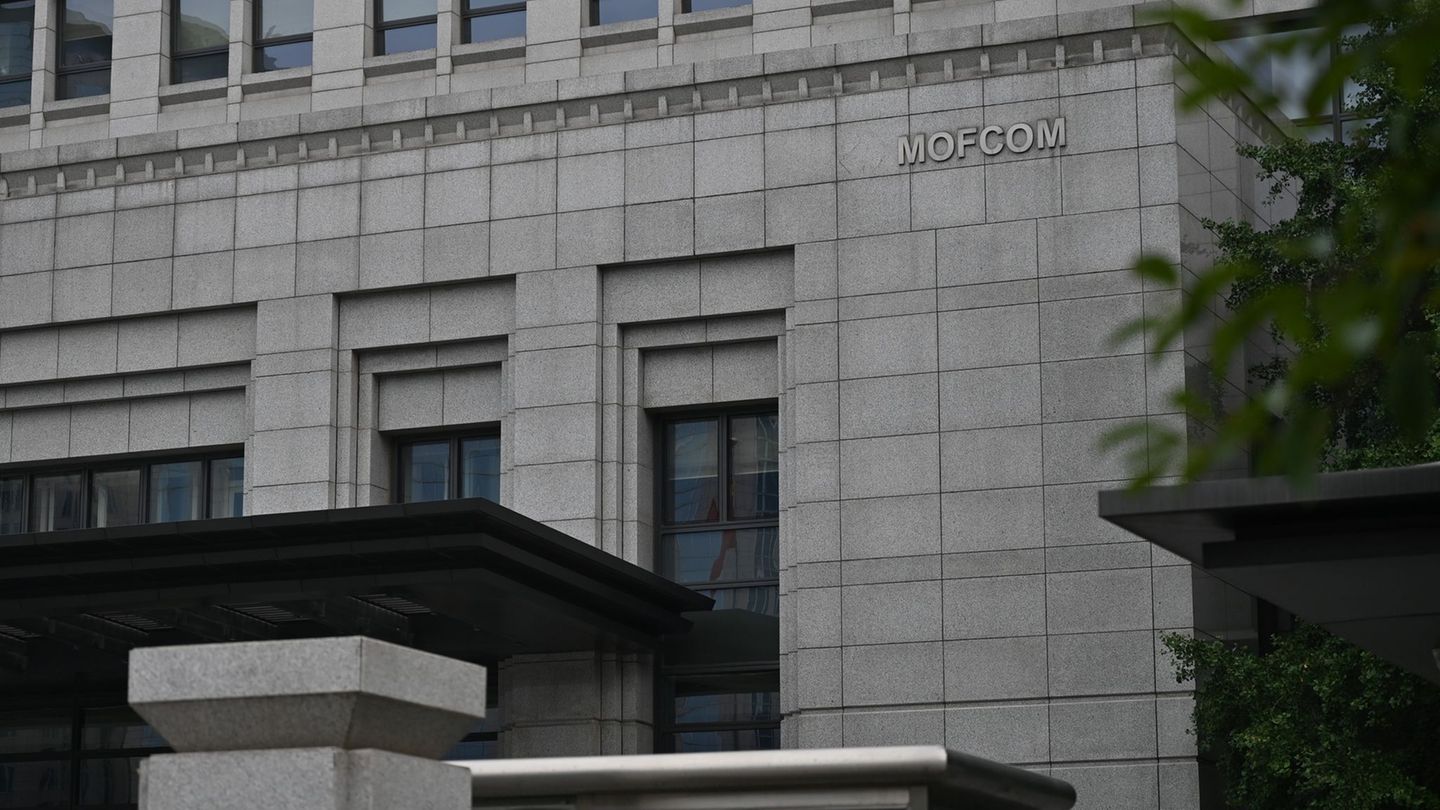Image: (ÖBf archive/Bazzoka Creative)

Image: Rubasch Ulrike
The hottest nine summers since 1768 in Austria have occurred in the past 30 years. The year 2023 was the warmest in the 256-year history of measurements. These facts alone show how exposed the local forest is to climate change. Drought, wind throws and, as a result, bark beetles have caused enormous damage again in 2023, with 32 million euros more than in 2022, reported the board duo of the Austrian Federal Forests, Georg Schöppl and Andreas Gruber, at the presentation of the 2023 forest balance in Vienna.
Upper Austria: proportion of damaged wood 39 percent
In Upper Austria, where the ÖBF owns a quarter of the forest area (118,000 ha out of 494,000 ha), around 415,000 cubic meters of wood were harvested in 2023, less than in the previous year (440,000). The proportion of damaged wood in the four upper Austrian Operations – Traun-Innviertel with headquarters in Ebensee, Steyrtal/Molln, Inner Salzkammergut/Bad Goisern and Kalkalpen National Park/Reichraming – was, as in the previous year, 40 percent and again well below the Austrian average of around 55 percent. “While the average proportion of damaged wood was just under 30 percent in the 1980s and 1990s, as a result of climate change we now have to consider a value of around 50 percent to be normal,” reports Andreas Gruber, ÖBF board member for forestry and nature conservation.
Around two thirds of the amount of damaged wood in Upper Austria was caused by the bark beetle, which mainly caused damage in the Mondsee and Schneegattern forest districts in the Kobernausserwald, but also in the Gosau and Hallstatt regions. The rest was largely due to storm damage.
Across the entire ÖBF federal territory, 1.9 million cubic meters of wood were harvested, including more than a million cubic meters of damaged wood. The greatest bark beetle damage was in Carinthia’s Mölltal and Upper Styria. Storm Zoltan gave the foresters an unpleasant Christmas present: 250,000 cubic meters of damaged wood, 35,000 in the Inner Salzkammergut alone.
Profit from forestry – ÖBF remains a net contributor to the state
Nevertheless, the federal forests were able to sell the wood more expensively than in 2022 (88 euros/sfm). “2023 was a clearly positive financial year for us and, like the other company divisions, performed positively. “This means we remain a net contributor to the state,” said Schöppl. (The exact figures will only be presented with the balance sheet). This year is also likely to be a “reasonable year in terms of wood prices”. Despite the difficulties in the construction industry, there has been no noticeable drop in demand for sawlogs. This is also due to the decline in wood imports from the Czech Republic and the low willingness of small forest owners to fell trees when the price of wood is low.
Climate change is no longer just a problem for the “bread tree” spruce, beech stocks are increasingly suffering from the dry years and are becoming susceptible to diseases. The state forests try to make the forest more climate-friendly through thinning, natural regeneration and reforestation. The felling of 10,000 trap trees, which attract the bark beetles and thus make it easier to combat them, is also a forest protection measure that is expensive but effective. According to the internal forest inventory, 1.5 million cubic meters of wood have grown over the federal forests in five years – despite higher removals than planned. The amount of wood available on ÖBF areas is increasing.
Ohlsdorf: “No need for action”
Regarding the Court of Auditors report regarding a missing improvement clause in the controversial land sale in Ohlsdorf, Schöppl said that he saw no need for action. “I have a different opinion than the Court of Auditors. But we will write such a clause into all purchase contracts in the future.” The Court of Auditors found that the buyer Hans Asamer “achieved additional proceeds of 12.2 million euros” from his deal and that the state-owned Federal Forests had not adequately secured themselves contractually to benefit from it and to achieve “potential further sales proceeds”.
Gas drilling in Molln
Regarding ADX’s test gas drilling on the ÖBF site in Molln, Schöppl said that the contract with the gas company runs until the end of 2024, but that no agreement has been reached with the Federal Forests regarding any possible transport of the gas, for example via pipelines.
In addition to proactive forest conversion, managing the climate crisis also includes further building up our own capacities for forest maintenance and wood harvesting. Forestry board member Gruber wants to double the number of the most important ÖBF wood harvesting machines, especially with ropes, in order to escape the bottlenecks at external wood harvesting companies. This is particularly necessary in steep and remote areas. This should also be accompanied by the development of
Forestry specialist staff (plus 15 employees) and an additional investment volume of around 4 to 5 million euros over the next three to five years. There are currently 362 employed forestry workers (full-time equivalent) working for the state forests.

Image: Rubasch Ulrike
My themes
For your saved topics were
new articles found.

info By clicking on the icon you can add the keyword to your topics.
info
By clicking on the icon you open your “my topics” page. They have of 15 keywords saved and would have to remove keywords.
info By clicking on the icon you can remove the keyword from your topics.
Add the topic to your topics.
Source: Nachrichten




